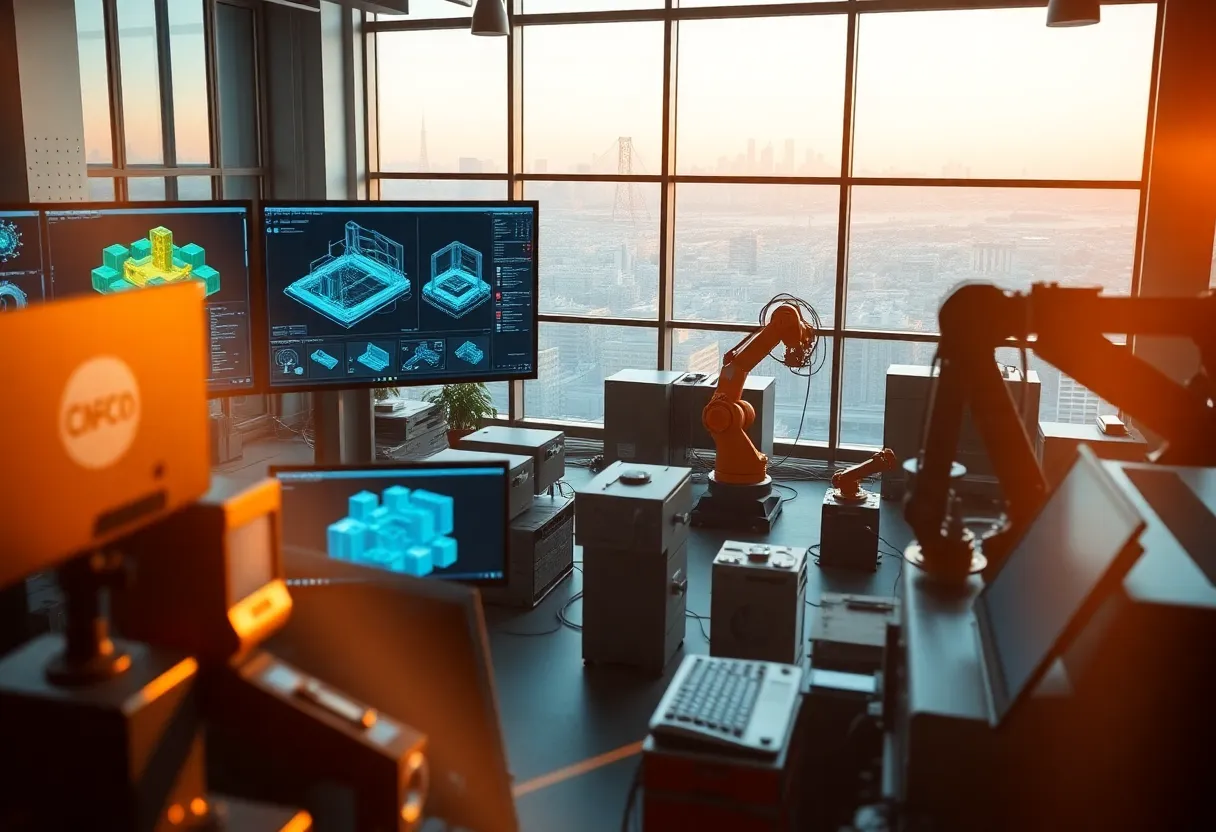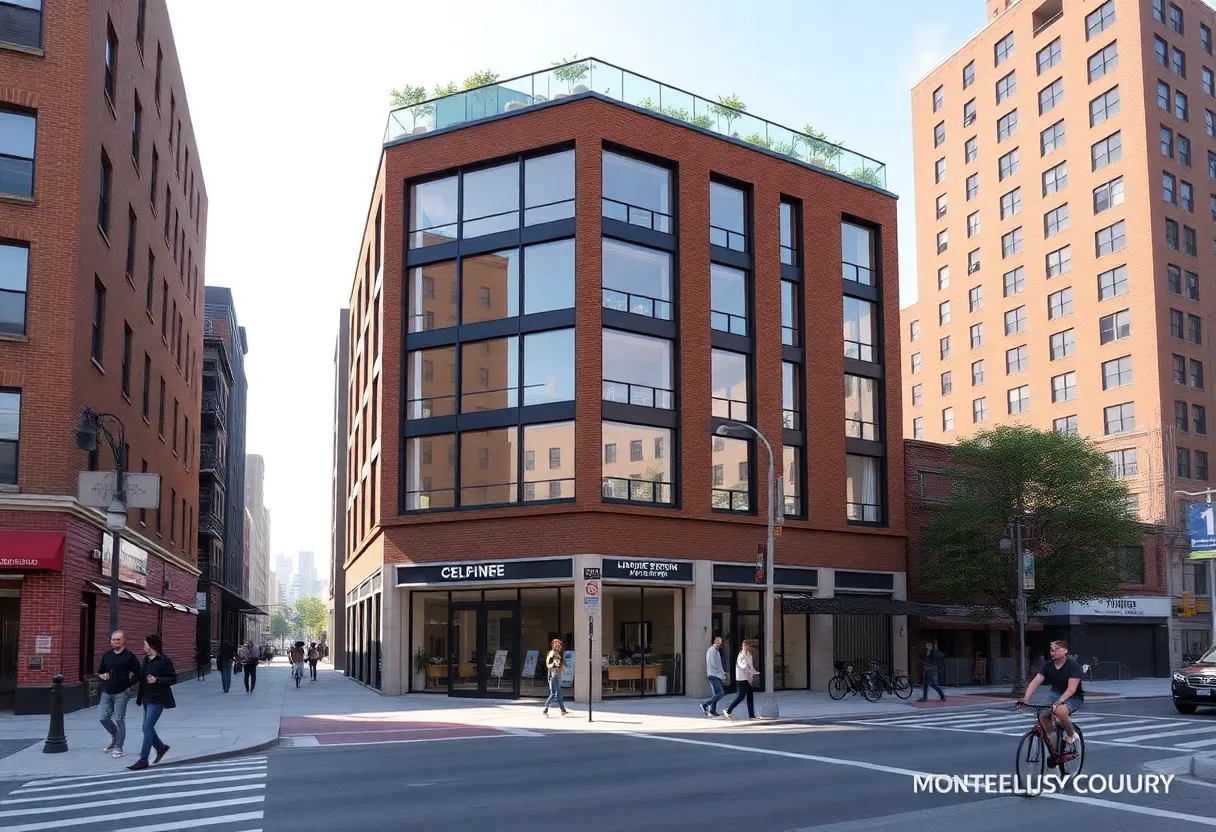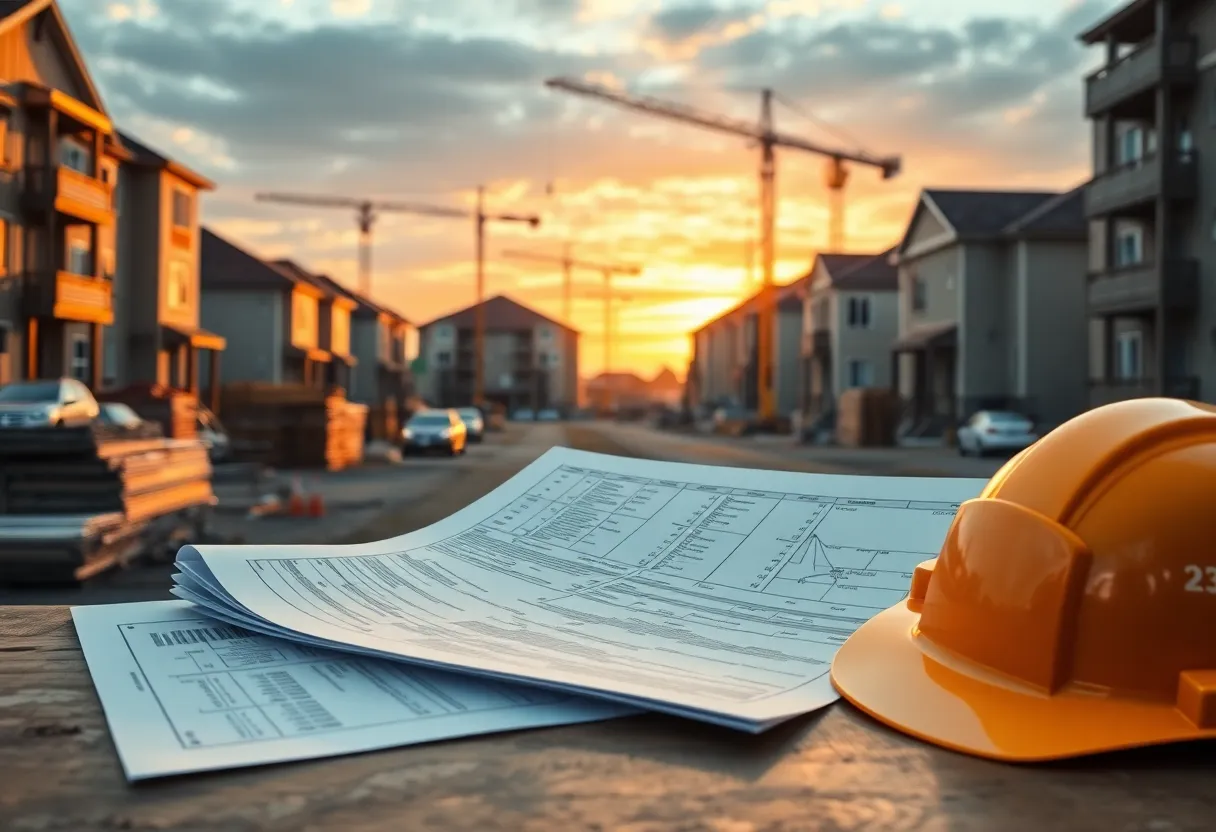San Francisco, California, September 1, 2025
News Summary
Autodesk is accelerating a companywide shift toward AI-driven design software by investing in Toolpath, an AI-focused CAM startup, and integrating its technology into the Fusion product line. The CAM integration is reported to cut manual workflow tasks by about 40%, supporting an agentic-AI approach across design and delivery. The company posted notable quarter-over-quarter revenue gains and margin expansion, with strong AECO segment growth. Leadership also announced consolidation of its San Rafael office, reassigning hundreds of employees to San Francisco as part of a broader workplace footprint reduction and renewed focus on AI skills and ethics.
Autodesk accelerates AI-driven design strategy as it consolidates headquarters and reports Q2 gains
The company is advancing a strategic pivot toward AI-driven design software as a core element of its product suite, while investing in AI-enabled manufacturing capabilities and reorganizing its global footprint. Autodesk is consolidating its headquarters by moving staff from the San Rafael campus to a newly configured site in San Francisco, a move that accompanies strong quarterly results and a continued push into AI-enabled workflows across architecture, engineering, construction and operations (AECO).
Financially, Autodesk posted a second-quarter 2025 revenue of $1.76 billion, up 17% year over year according to company disclosures. Regional coverage also cites a second-quarter revenue figure of $1.24 billion, mirroring the same year-over-year growth pace. The company notes a non-GAAP operating margin of 37%, underscoring a discipline around profitability while expanding AI-driven offerings. In investor and analyst circles, coverage highlighted enthusiasm for the AI-enabled design tools strategy, with price targets lifted toward $320 and several upgrades reflecting demand for AI-powered infrastructure design solutions.
Autodesk’s AI strategy centers on moving systems from passive assistants to agentic-AI—goal-driven agents capable of autonomous decisions across workflows. This approach is paired with continued expansion of AECO capabilities, where the segment grew 23% year over year, partially attributed to AI-driven tools that accelerate design, analysis and coordination tasks. Market projections for AI-enabled design tools reinforce the outlook: the AI tools market rose from $5.54 billion in 2024 to a projected $40.15 billion by 2034, with a 34.5% CAGR for generative AI through 2030 cited in industry analyses. Autodesk’s positioning within these trends is described as a long-term leadership lane in design software innovation.
On the product side, Autodesk integrated Toolpath, an AI startup focused on CAM, into Fusion. This integration is reported to have reduced manual labor in construction and manufacturing workflows by roughly 40%, reflecting a tangible productivity uplift from generative and automated tooling. In addition to the software push, Autodesk maintains momentum in its broader AI initiatives, including the company’s 2025 AI Jobs Report, which notes surging demand for AI-related roles—from AI Engineers to AI Content Creators—alongside a growing emphasis on AI skills across the industry. The company’s State of AI, Sustainability, and Optimism in Construction further underscores a strategic emphasis on human-centered design to mitigate regulatory or ethical risks associated with AI tools.
AI strategy, market outlook and product ecosystem
Autodesk’s AI-centric roadmap is reinforced by a robust ecosystem across its product lines, including Autodesk Construction Cloud and Autodesk Build. The Build initiative, designed to unify project management, quality, safety, cost and closeout data in a single environment, positions Autodesk to support owners, general contractors and specialty contractors with real-time visibility and data-driven decision-making. The company emphasizes that its AI design tools are aimed at creating switching costs for customers through depth in industry-specific workflows, outpacing broader tech platforms in targeted sectors.
Beyond construction, Autodesk’s 2025 design and make initiatives highlight the company’s focus on sustainability and efficiency. Industry metrics show that 63% of construction organizations use AI for carbon monitoring and energy optimization, aligning with Autodesk’s focus on sustainable outcomes in design and construction workflows. Autodesk’s 2025 AI Jobs Report reflects strong hiring momentum for AI roles, including AI Engineers and AI Content Creators, signaling sustained talent demand as the technology strategy expands. The company notes a decade-long commitment to AI research and development as part of its strategic alignment with generative and design AI trends.
Headquarters consolidation and real estate footprint
Autodesk announced a consolidation of its headquarters, shuttering the San Rafael office at 111 McInnis Parkway and reassigning employees to the San Francisco office at One Market Street. A state Employment Development Department filing dated August 15 indicates the San Rafael closure would be effective October 14, with 578 Marin-area employees reassigned. The company describes its workforce as largely hybrid, with only a small number of employees designated as office-based and a policy not requiring a fixed weekly in-office schedule. Autodesk notes the San Rafael space will be available for sublease once closed, and it has historically diversified its portfolio across multiple U.S. and international office locations to support a blended workplace model.
Past filings and lease activity show Autodesk once occupied roughly 116,000 square feet in San Rafael under lease terms expiring in 2024, and about 284,000 square feet in San Francisco with lease expiries spanning 2022 to 2026. The company operates around 12,600 employees worldwide and has previously reduced its global real estate footprint by about 20% as part of a broader flexible-work initiative that was accelerated by the COVID-19 era. Autodesk’s real estate strategy aims to optimize space utilization while maintaining a distributed footprint to support engineering, design, sales and customer success teams across regions.
Company history, product lineage and market position
Founded in April 1982 by a small team in Mill Valley, Autodesk pioneered AutoCAD, a software package that helped shift design work from mainframes to personal computers. The company’s portfolio spans manufacturing, architecture, building, construction, media and entertainment, with applications in virtual reality, robotics and 3D printing. In addition to Build, Autodesk offers a suite of Construction Cloud tools and BIM-related products that enable data-driven collaboration across project teams. Autodesk’s ongoing commitment to AI research and a human-centered design approach aims to balance innovation with regulatory and ethical considerations, reinforcing its long-term role in design software evolution.
In the context of market dynamics, analysts have responded positively to Autodesk’s AI-focused trajectory, with coverage underscoring the potential for sustained demand for AI-powered design solutions and infrastructure design tools. The company’s ongoing emphasis on AI-enabled workflows, coupled with a disciplined financial stance and strategic real estate adjustments, positions Autodesk as a continuing force in the design software landscape while navigating the evolving regulatory and labor landscapes in the Bay Area and beyond.
Frequently Asked Questions
- What is Autodesk’s main strategic focus regarding AI?
- Autodesk is prioritizing AI-driven design software as a core component of its product lineup, leveraging AI to enhance design workflows, automation, and decision-making across AECO and related industries.
- What is Toolpath and how does it relate to Autodesk’s products?
- Toolpath is an AI startup focused on computer-aided manufacturing (CAM). Autodesk invested in Toolpath and integrated its CAM technology into Fusion, aiming to reduce manual labor in construction and manufacturing workflows by about 40%.
- What were Autodesk’s Q2 2025 financial highlights?
- Q2 2025 revenue was reported at $1.76 billion, up 17% year over year, with a non-GAAP operating margin of around 37%. A regional report cited a Q2 revenue of $1.24 billion with the same growth rate.
- Why is Autodesk consolidating its headquarters?
- Autodesk is consolidating by moving operations from the San Rafael campus to a San Francisco site to align with its hybrid work model and to optimize its real estate footprint, while redeploying a substantial portion of Marin-based staff to the San Francisco office.
- What trends support Autodesk’s AI strategy?
- Autodesk points to strong AECO growth, AI-enabled design tools market expansion projected to reach over $40 billion by 2034, and a 34.5% CAGR for generative AI through 2030, as well as industry shifts toward AI-enabled project management and sustainability.
- What is Autodesk’s workforce and footprint size?
- The company employs about 12,600 people worldwide, with a broad real estate footprint across the United States and internationally, including locations in San Francisco and San Rafael and more than 100 sites per filings and lease records.
- What historical context is given for Autodesk’s offices?
- Autodesk originated in Mill Valley in 1982, later expanding to Marin County and San Francisco, with a history of office space changes linked to Flexible Work initiatives and periodic lease realignments.
Key features table
| Feature | Highlights |
|---|---|
| AI strategy focus | Pivot to AI-driven design software with agentic-AI concepts and deep AECO integration; 23% AECO growth YoY cited. |
| Toolpath investment | Acquired/invested in Toolpath; CAM tech integrated into Fusion, enabling ~40% labor reduction in workflows. |
| Market outlook | AI tools market projected to $40.15B by 2034; generative AI CAGR of 34.5% through 2030. |
| Financials | Q2 2025 revenue of $1.76B (YoY +17%); Q2 regional figure $1.24B; non-GAAP operating margin ~37%. |
| Headquarters and real estate | Consolidating Marin to SF; 578 Marin employees reassigned; San Rafael space available for sublease; hybrid work model emphasized. |
| Workforce trends | AI-focused hiring surge: AI Engineers and AI Content Creators show strong demand; 12,600 employees globally. |
| Product ecosystem | Autodesk Build and Construction Cloud components emphasize integrated project management, data integrity and real-time visibility. |
| Strategic risk and governance | Human-centered design approach to mitigate AI-related regulatory and ethical risks; decade-long AI R&D commitment. |
Deeper Dive: News & Info About This Topic
Additional Resources
- North Bay Business Journal: Autodesk finalizes exit from Marin County
- Wikipedia: Autodesk
- CRN: Autodesk shifts headquarters to San Francisco
- Google Search: Autodesk San Rafael headquarters
- The Mercury News: Autodesk to close San Rafael headquarters
- Google Scholar: AI computer-aided manufacturing
- Autodesk Blog (Construction): Construction Cloud Connect announcement
- Encyclopedia Britannica: computer-aided design (CAD)
- SFGate: Autodesk subleasing more office space
- Google News: Autodesk AI CAM Toolpath





